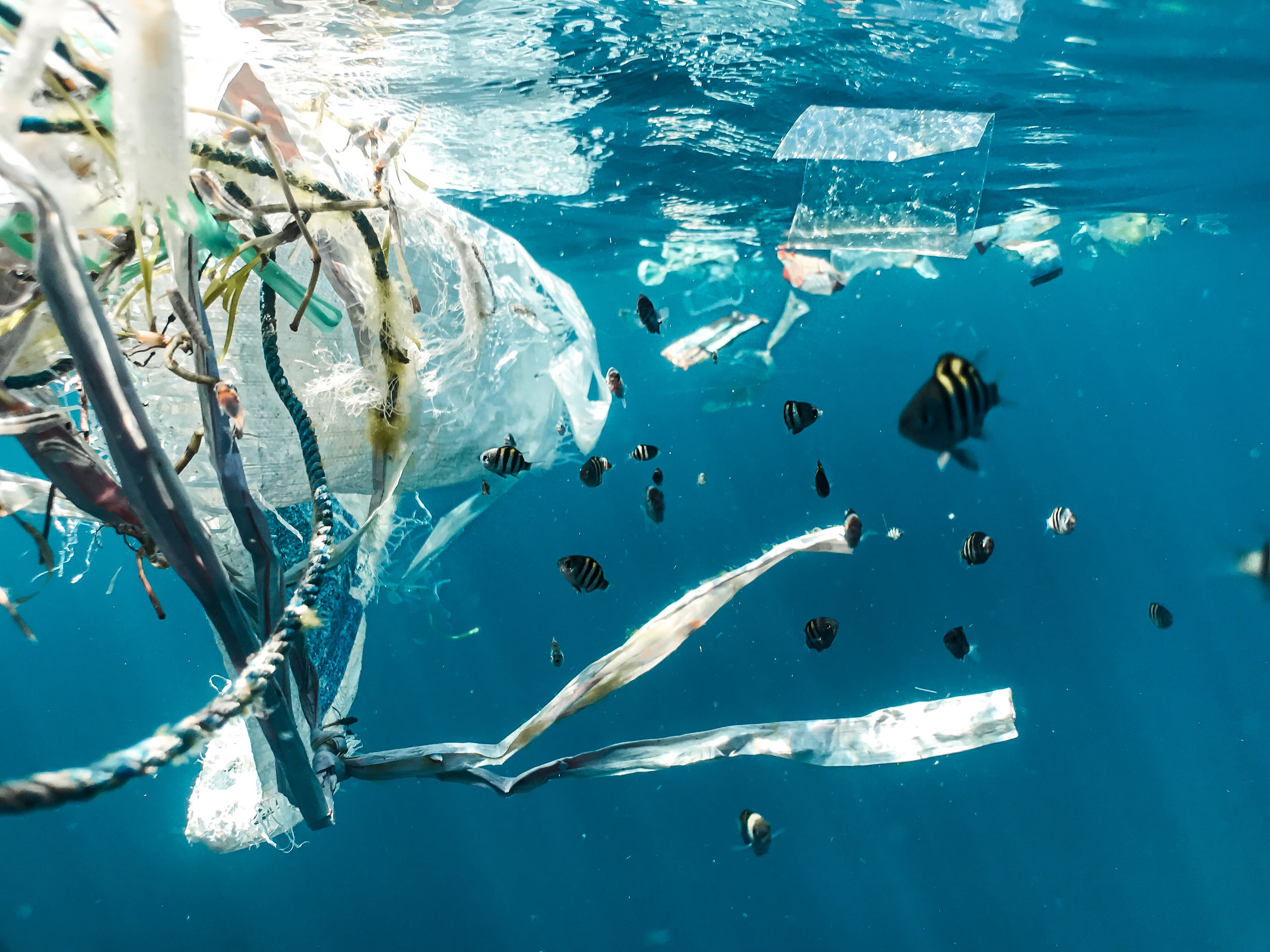Media release
From:
Environment: Marine plastic pollution overestimated but could persist longer than expected
Plastics larger than 2.5 cm, which may persist longer than previously expected, made up nearly 95% of the global initially buoyant marine plastic mass in 2020 according to a modelling study published in Nature Geoscience. The findings are based on observational data from past decades (1980-2020) combined with a 3D model of the ocean.
Previously it was estimated that 250 million kilograms (250 kilotonnes) of plastic pollution could be found on the ocean surface globally, but a much larger amount than this was predicted to enter the ocean on an annual basis. It had been suggested that this discrepancy is a result of an overestimation of the amount of plastic inputted from land and rivers, unknown processes removing large portions of this plastic from the ocean’s surface, or fragmentation and degradation.
To explore the cause of this discrepancy, Mikael Kaandorp and colleagues incorporated global observational data of plastic pollution into a numerical model that tracked how plastic particles moved through and were transformed in the ocean. The authors estimate that 3,200 kilotonnes of buoyant plastic were present in the ocean in 2020. Of this 470–540 kilotonnes of plastic entered the ocean in 2020, with approximately half coming directly from fishing activity and the rest from coastlines and rivers. They note that 95% of this floating plastic is larger than 2.5 centimetres, with microplastics making up only a small proportion in mass. The authors indicate that the relatively high total amount of plastic, but low inputs compared to previous estimates indicates there was no missing process removing ocean plastics; they instead suggest that the longevity or residence time of this type of plastic is high, with only 10% of the plastic likely degrading or sinking within 2 years.
The authors estimate that the input of buoyant plastic to the ocean is increasing by 4% each year and highlight the need for urgent action to reduce marine plastic pollution.



 International
International



